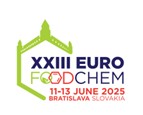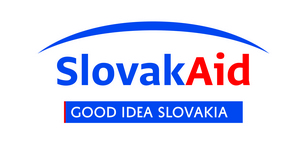Scientific journal
Journal of Food and Nutrition Research
Summary No. 1 / 2014
Méndez-Albores, A. – Zamora-Rodríguez, D. – Arámbula-Villa, G. – Vázquez-Durán, A. – Moreno-Martínez, E.
Impact of different alkaline-heating processes on technological and nutritional properties of maize tortillas
Journal of Food and Nutrition Research, 53, 2014, No. 1, s. 60-70
Abraham Méndez-Albores, National Autonomous University of Mexico, Superior Studies Faculty at Cuautitlan (UNAM-FESC), Campus 4, Multidisciplinary Research Unit, Km 2.5 Carretera Cuautitlan-Teoloyucan, 54714 Cuautitlan Izcalli, Mexico.
Tel.: (+52) 5556231999; fax: (+52) 5556239402, e-mail: albores@unam.mx
Summary: The effects of three different alkaline-cooking processes (gas-fired or traditional method, ultrasonic-bath and infrared heating) were evaluated on certain physicochemical, quality, compositional, nutritional and viscoamylographic properties of maize tortillas. All tortillas presented adequate physicochemical and quality characteristics for consumption. However, tortillas from infrared nixtamalization retained 25.1% and 32.7% more lipids, as well as 72.3% and 41.5% more tryptophan than traditional and ultrasonic-bath tortillas, respectively. The chemical composition of the nejayote from traditional, ultrasonic-bath, and infrared nixtamalization showed that the lost of maize solids was 3.1%, 3.5%, and 1.8% (w/w), respectively. During infrared nixtamalization 40.9% and 47.3% less of the total solids were lost as compared to traditional and ultrasonic-bath nixtamalization. Furthermore, tortillas from infrared nixtamalization presented the lowest value of starch retrogradation. According to these results, a novel and innovative nixtamalization procedure based on infrared heating was developed to produce tortillas with improved physicochemical, compositional, nutritional and pasting properties.
Keywords: maize; alkaline-heating processes; tortillas; technological properties, nutritional properties
Download:
(pdf, 121.69 Kb, 4119x)










